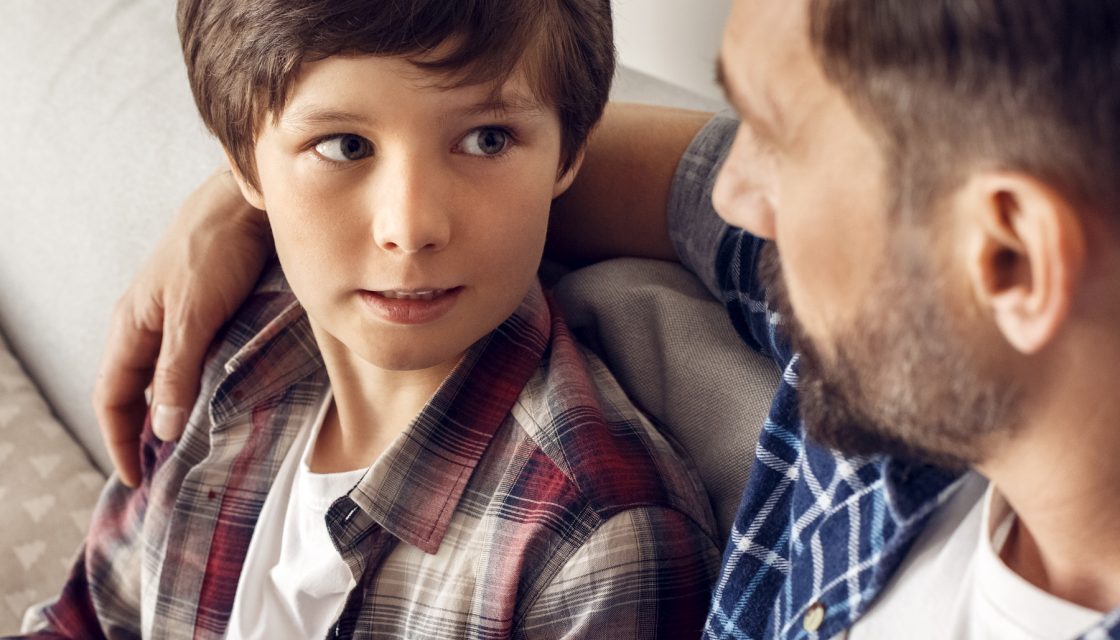•
By Angela Mattke, M.D., Mayo Clinic Press EditorsTrampolines and bounce houses have become staples of backyards, community and family events, and children’s birthday parties. Their softer surfaces can lead you to believe that they’re safe for your child. However, each year children sustain injuries on trampolines and in bounce houses ranging from sprains and broken bones to traumatic head and neck injuries. These injuries can stem from children landing on a hard part of the trampoline — such as the frame — or attempting difficult moves, such as flips. The vast majority of these injuries are in children between ages 5 and 14.
You can help reduce the risk of serious injuries by taking some preventive steps towards a safer trampoline experience:
- Check your trampoline to make sure the frame, surface and protective padding are in good condition.
- Supervise trampoline and bounce house use at all times. If multiple adults are present, take turns supervising so one person is focused on this at all times just like you would do with swimming.
- Limit trampoline activity: No children under the age of 6 and only one person at a time.
- Don’t let safety netting give you a false sense of security. Netting may only prevent your child from taking a tumble off the trampoline. The majority of injuries happen while on the trampoline.
- Consider banning flips, somersaults and other high-risk jumping, unless your child has received proper instruction in how to do them and has protective equipment, such as a safety harness.
- Remove ladders to the trampoline when they’re not in use to discourage children from bouncing without your supervision.
- Follow the same rules for bounce houses as you would for trampolines, as bounce houses can produce injuries similar to those that occur on trampolines. If your child is playing with a small group of children in a bounce house, make sure all the participants are roughly the same age and size. This is important because injuries occur when there is a large size difference in those on the trampoline, such as a smaller child with a teenager or adult.
- Make sure bounce houses are securely attached to the ground. Avoid using them when high winds or storms are present.
Original Article – https://mcpress.mayoclinic.org/parenting/keeping-kids-safe-on-trampolines-and-at-bounce-houses/





